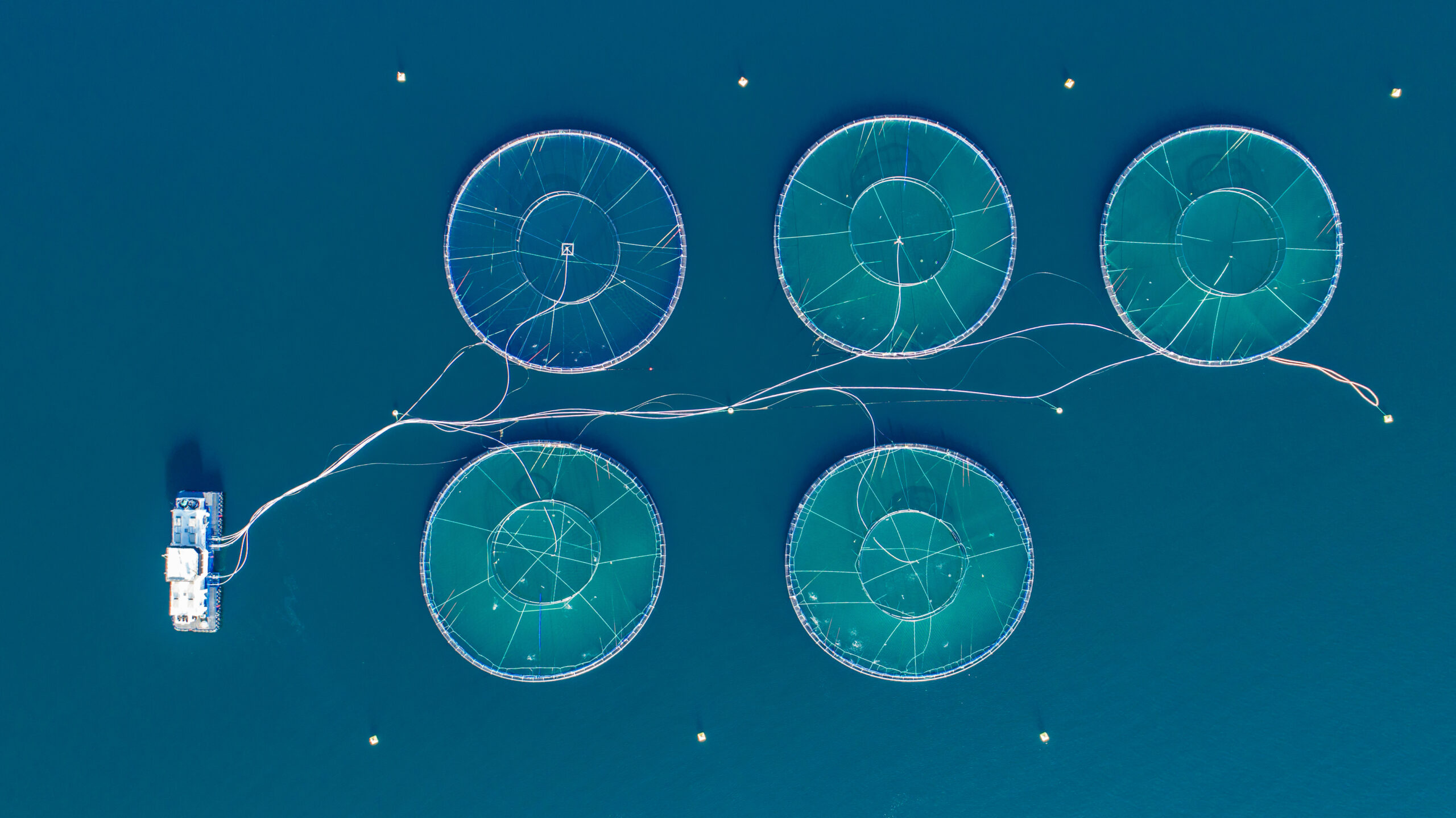Bridging the Worlds of Tech and Aquaculture
As a senior platform engineer, I’ve spent over a decade working with cloud-native infrastructure. My daily tools included Kubernetes, GitOps, CI/CD pipelines, and enough YAML to fill a novel. But lately, I’ve found myself applying those same tools — or at least the thinking behind them — to a completely different domain: indoor shrimp farming.
Running my aquaculture startup, Homeland Shrimp, I’ve realized something simple but powerful: the mindset and principles we use in DevOps don’t stop at the data center. In fact, they translate beautifully to building and maintaining environmentally controlled systems in the physical world — where reliability, observability, and automation are just as critical.
This post is a deep dive into how lessons from infrastructure engineering are helping me sustainably raise Pacific white shrimp — and how you can use DevOps thinking beyond the screen.
Infrastructure as Code → Infrastructure as Ecosystem
In cloud infrastructure, we treat our architecture as code. Everything is declarative, repeatable, and version-controlled. You want your system to spin up the same way every time, regardless of who’s deploying it or where it’s running.
In aquaculture, I’ve come to treat the tank environment the same way.
Each tank is a system. It has inputs (feed, oxygen, temperature control), outputs (ammonia, waste, growth), and defined state goals: stable pH, optimal temperature, dissolved oxygen levels. Just like cloud infrastructure, it needs to be configured, monitored, and tuned for uptime and performance.
My background in defining predictable environments with Kubernetes gave me the discipline to build precision control into the physical world — and it’s working. I know what “healthy” looks like in the same way a production cluster knows what “running” looks like.
Observability: You Can’t Fix What You Can’t See
In platform engineering, we build dashboards with metrics like CPU usage, error rates, and deployment status. These let us make fast, informed decisions — and alert us before users even notice something is wrong.
Shrimp don’t file support tickets. But they do give off signals — and if you’re paying attention, they’re just as valuable.
I monitor real-time data from sensors tracking temperature, oxygen saturation, ammonia, nitrates, and water flow. These sensors are my Prometheus. My dashboard isn’t Grafana, but it performs the same function: visualizing system health.
When oxygen levels start to drop, I don’t wait for shrimp to react. I get alerted and let automation kick in. That’s the same feedback loop I’ve relied on in GitOps-based environments — only this one keeps creatures alive.
Kubernetes Taught Me to Design for Failure
Kubernetes assumes that things will break. Pods die. Nodes flake. Containers crash. And that’s OK — because the system recovers automatically.
That principle — “design for failure” — has had a huge influence on how I built Homeland Shrimp.
For example, my heat exchange system doesn’t just work when the power’s on. It holds temperature using passive design principles and thermodynamic insulation. My oxygenation system doesn’t rely on one pump. There are redundant systems that keep water flowing even if something breaks.
This mindset — learned from years of dealing with flaky clusters — is helping me build a shrimp farm that can survive a Minnesota winter power outage or a failed valve without total catastrophe. Resilience isn’t optional when your uptime includes living creatures.
GitOps and Aquaculture: It’s All About the Source of Truth
One of my favorite DevOps concepts is GitOps — managing your infrastructure declaratively, with Git as the source of truth. If your live system drifts from that declared state, the controller steps in and brings it back into sync.
I’ve applied this thinking to how I document, track, and manage the operation of my tanks.
Every feed schedule, filter clean, water change, and sensor calibration gets logged. I track what works, what doesn’t, and version-control key environmental parameters. When something goes wrong, I can roll back to a known-good configuration — just like a Kubernetes deployment.
It’s not flashy, but it gives me confidence. When you’re dealing with biological systems, knowing what changed — and when — is the difference between a hiccup and a disaster.
Automating the Mundane, Prioritizing the Critical
In DevOps, we automate the repetitive so we can focus on the strategic. Jenkins, ArgoCD, and Terraform run our routines so we can think about system design and scale.
In my shrimp farm, I’ve automated lighting, oxygen cycles, feeding routines, and temperature adjustments. Not because I’m lazy — but because it frees me up to focus on long-term system health, growth rates, and infrastructure improvements.
Every minute I save not having to manually flip a switch is a minute I can use to optimize a filter design or improve shrimp welfare. Automation, whether digital or mechanical, gives me leverage.
Why This Matters: Sustainability and Scalability
At its core, this fusion of DevOps and aquaculture isn’t just a fun side project — it’s a model for sustainable, scalable food production.
Raising shrimp indoors with closed-loop systems and precision control allows us to:
- Reduce water waste
- Avoid harmful chemicals
- Lower energy usage
- Produce clean, local protein with low environmental impact
And by borrowing from DevOps — monitoring, automation, resilience — we can scale this model without compromising on quality or ethics.
Build Systems That Take Care of Themselves
The biggest lesson I’ve learned from both Kubernetes and crustaceans is this:
If you build it right, it takes care of itself.
Whether it’s a cluster or a tank, a system should be observable, resilient, and recoverable. The more you listen to its feedback and respect its complexity, the better your outcomes will be.
Engineering isn’t just about servers or code. It’s a mindset — and when you bring that mindset to the physical world, incredible things can happen.
From YAML to oxygenation loops, from rollbacks to water changes — it’s all just infrastructure. And I’ve never been more excited to build it.
